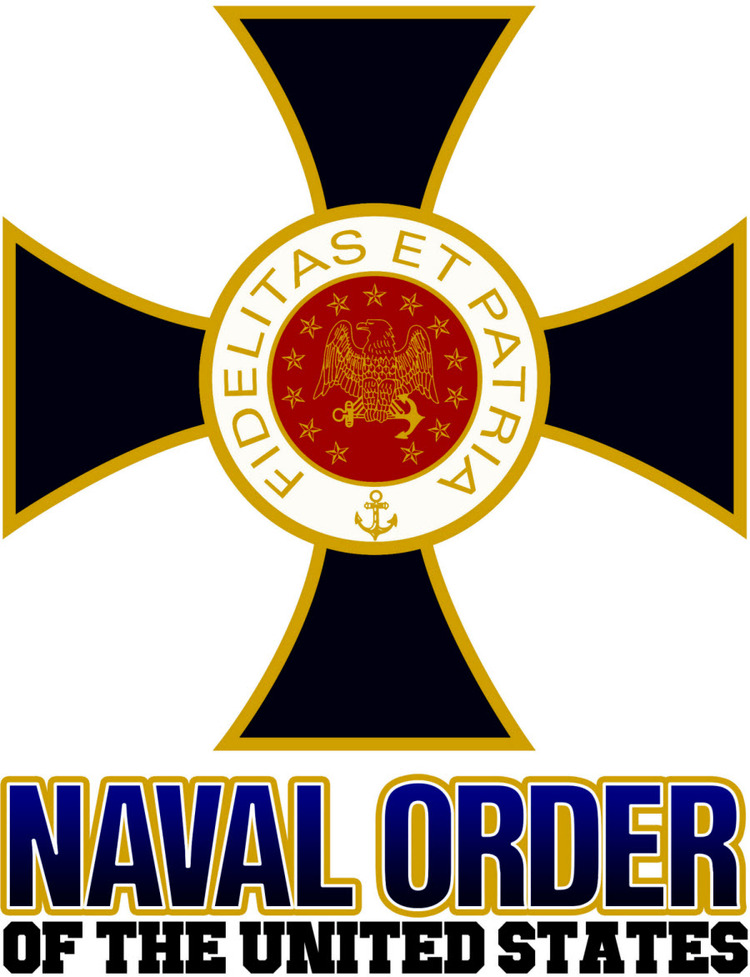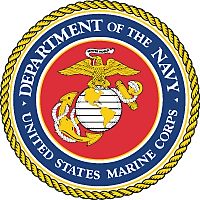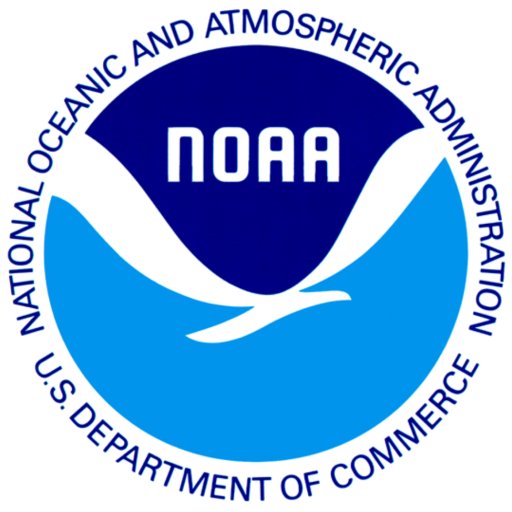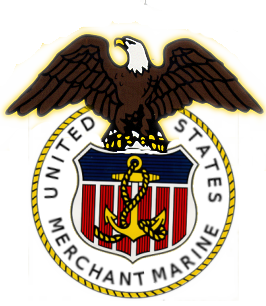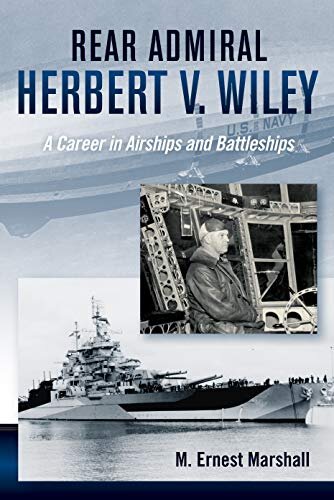
by M. Ernest Marshall
Winner of NOUS' 2020 Samuel Eliot Morison Award for Naval Literature
Suspecting a war with Japan somewhere over the horizon, the American Navy needed a means of conducting surveillance of the vast Pacific Ocean to guard against invasion. Surface vessels were too slow, and the Navy had too few of them, and airplanes lacked the range to cover the Pacific Ocean. The Navy turned to airships (dirigibles) as a solution - vehicles that could range for thousands of miles in the air on a single tank of fuel. Rear Admiral Herbert V. Wiley and Vice Admiral Charles E. Rosendahl - close friends - were with the Navy's airship program from beginning to end. After the loss of the Navy's last airship, Rosendahl went on to develop the blimp program that guarded America's entire coastline during WW II.
Ordering Info: Amazon
Publisher: Naval Institute Press, 2019

by Stephen M. Younger
Finalist for NOUS' 2019 Samuel Eliot Morison Award for Naval Literature
USS Nevada (BB-36) was America's first modern battleship. When her keel was laid in 1912, kings and emperors still ruled much of the world. When she finally slipped beneath the waves in 1948, America was the undisputed global superpower.
Nevada was revolutionary for her time: the first "superdreadnought"; the first U.S. warship to be oil fired; the first to have a triple-gun main turret; and, the first to have all-or-nothing armor. In World War I, she was based in Queenstown, Ireland, to provide protection for American convoys bringing troops to Europe. She survived the naval reduction treaties of the 1920s and was rebuilt in 1928 with the latest technology. The only battleship to get underway at Pearl Harbor, suffered damage from Japanese bombs and torpedoes and sank in shallow water. Raised and repaired, she did convoy duty in the North Atlantic before joining the invasion fleet for D-Day and the landings in Southern France. Shifting to the Pacific, Nevada provided bombardment support at Iwo Jima and Okinawa. The end of the war saw her outgunned and outmoded, but her contributions were not over. In 1946, she survived not one but two atomic tests, the second of which left the battleship too radioactive for scrapping. On a sunny day in 1948, Nevada was towed off the coast of Oahu and used for target practice. After five days of pounding by everything the Navy could throw her, Nevada was dispatched by a torpedo. She died a warrior's death.
Silver State Dreadnought is the story of a remarkable ship, but it is also the story of the remarkable men who sailed in her. Nevada's first captain, William S. Sims, brought his unique style of leadership to America's premiere battleship and set the tone for what became known as the "Cheer Up Ship." As Nevada aged, the ship gained the affectionate name "The Old Maru," beloved by all who served in her.
Ordering Info: Amazon
Publisher: Naval Institute Press, 2018


by M. Ernest Marshall
Winner of NOUS' 2020 Samuel Eliot Morison Award for Naval Literature
Suspecting a war with Japan somewhere over the horizon, the American Navy needed a means of conducting surveillance of the vast Pacific Ocean to guard against invasion. Surface vessels were too slow, and the Navy had too few of them, and airplanes lacked the range to cover the Pacific Ocean. The Navy turned to airships (dirigibles) as a solution - vehicles that could range for thousands of miles in the air on a single tank of fuel. Rear Admiral Herbert V. Wiley and Vice Admiral Charles E. Rosendahl - close friends - were with the Navy's airship program from beginning to end. After the loss of the Navy's last airship, Rosendahl went on to develop the blimp program that guarded America's entire coastline during WW II.
Ordering Info: Amazon
Publisher: Naval Institute Press, 2019
by Stephen M. Younger
Finalist for NOUS' 2019 Samuel Eliot Morison Award for Naval Literature
USS Nevada (BB-36) was America's first modern battleship. When her keel was laid in 1912, kings and emperors still ruled much of the world. When she finally slipped beneath the waves in 1948, America was the undisputed global superpower.
Nevada was revolutionary for her time: the first "superdreadnought"; the first U.S. warship to be oil fired; the first to have a triple-gun main turret; and, the first to have all-or-nothing armor. In World War I, she was based in Queenstown, Ireland, to provide protection for American convoys bringing troops to Europe. She survived the naval reduction treaties of the 1920s and was rebuilt in 1928 with the latest technology. The only battleship to get underway at Pearl Harbor, suffered damage from Japanese bombs and torpedoes and sank in shallow water. Raised and repaired, she did convoy duty in the North Atlantic before joining the invasion fleet for D-Day and the landings in Southern France. Shifting to the Pacific, Nevada provided bombardment support at Iwo Jima and Okinawa. The end of the war saw her outgunned and outmoded, but her contributions were not over. In 1946, she survived not one but two atomic tests, the second of which left the battleship too radioactive for scrapping. On a sunny day in 1948, Nevada was towed off the coast of Oahu and used for target practice. After five days of pounding by everything the Navy could throw her, Nevada was dispatched by a torpedo. She died a warrior's death.
Silver State Dreadnought is the story of a remarkable ship, but it is also the story of the remarkable men who sailed in her. Nevada's first captain, William S. Sims, brought his unique style of leadership to America's premiere battleship and set the tone for what became known as the "Cheer Up Ship." As Nevada aged, the ship gained the affectionate name "The Old Maru," beloved by all who served in her.
Ordering Info: Amazon
Publisher: Naval Institute Press, 2018
